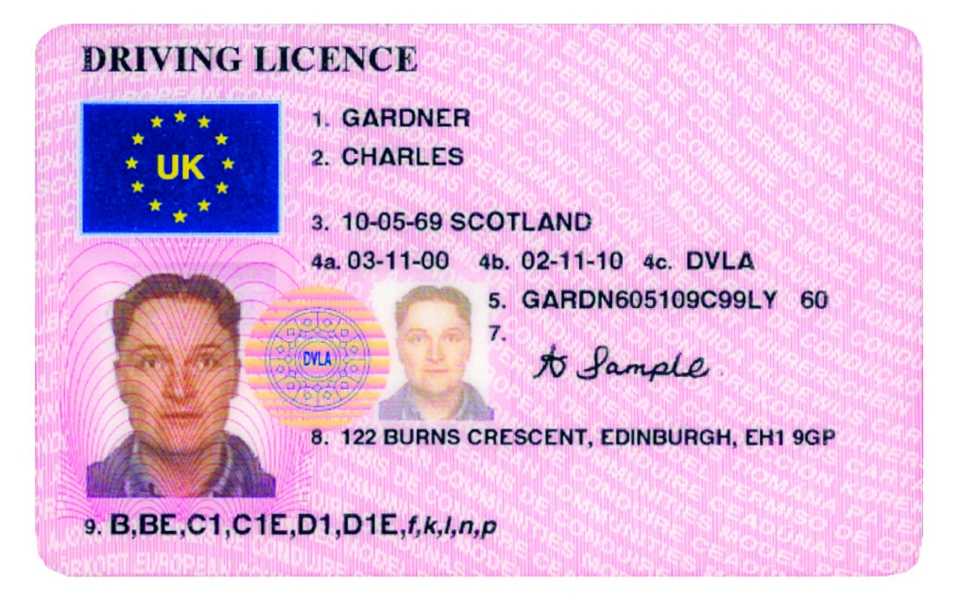Driving licence checks on all employees who drive on business should perhaps be as frequent as monthly after changes by the Driver and Vehicle Licensing Agency to the rules for revoking licences.
The advice comes from leading fleet management software company Jaama, which provides public and private sector organisations with an electronic driver entitlement checking service (EDECS) that is approved by the DVLA.
The service, which is available as a stand-alone product, or can be integrated within Jaama’s Key2 range of fleet management software, is also used by a number of leasing and fleet management companies on behalf of their clients.
Jaama handles all matters around driver licence checking including obtaining a signed three-year employee mandate giving permission for the checks to be carried out and issuing reminders to them; obtaining information from the DVLA; alerting fleet decision-makers to all licence issues that are uncovered; and uploading the information into the customer’s Key2 Vehicle Management or third party software.
Typically checks on employees with a clean licence or less than six points are likely to be carried out either six or 12-monthly with more frequent checks on the licences of staff that have collected more than six points.
However, this month (November) new rules have been introduced by the DVLA in relation to drivers who have been informed by the courts that they have failed to surrender their licences to have penalty points added.
Drivers who receive penalties from the courts or the fixed penalty offices for offences that do not result in disqualification, are required to surrender their current valid driving licence for the endorsement to be added. However, the DVLA says that many drivers fail to surrender their driving licence and therefore it can be revoked as a last resort.
Historically, the law has allowed a ‘concessionary period’ of 12 months during which the individual may continue to drive. If, at the end of the ‘concessionary period’, the driver has failed to surrender their licence their entitlement to drive is removed.
However, the DVLA along with the Home Office has reviewed the ‘concessionary period’ and has cut it to just four weeks.
In a letter sent to Jaama as an EDECS-approved organisation the DVLA says: “The DVLA will request that drivers surrender their licence for endorsement within 28 days of notification of court conviction. If drivers fail to do so, we will revoke their licence after the 28 days has expired.”
In the last year, the DVLA estimates that around 42,000 drivers failed to return their licence and had their entitlement revoked.
Jaama managing director Jason Francis said: “The change in the ‘concessionary period’ should encourage all companies to increase the frequency of their driving licence checks or face the reality that they may have staff driving with revoked licences and therefore not entitled to take to the road.
“The likelihood is that with entitlement to drive now being withdrawn after just 28 days many more drivers are likely to find themselves without a valid driving licence.
“Driver licence checking should be a vital component of every company’s occupational road risk management policy. This change in DVLA procedures means that the only option to ensure compliance is to ensure driving licence checks are undertaken every four weeks.”
Mr Francis added: “Our driver licence checking service means that not only is the administrative burden completely removed from customers, but they will have all information on drivers and their vehicles held in one central database, building a combined intelligent profile and highlighting exceptions.
“Licence checks can be undertaken as frequently as fleet decision-makers decide but following the DVLA change in procedures when dealing with revocation grace periods there can be no room for complacency.”
The Health and Safety Executive makes clear in its ‘Driving at work: Managing work-related road safety’ document, that all employers have a clear duty of care to check the competency and capability of their at-work drivers.
Those checks, according to the HSE report, which has become established as the blueprint for occupational road risk management best practice, should start with management checking the validity of a driving licence on recruitment and periodically thereafter.

















Login to comment
Comments
No comments have been made yet.